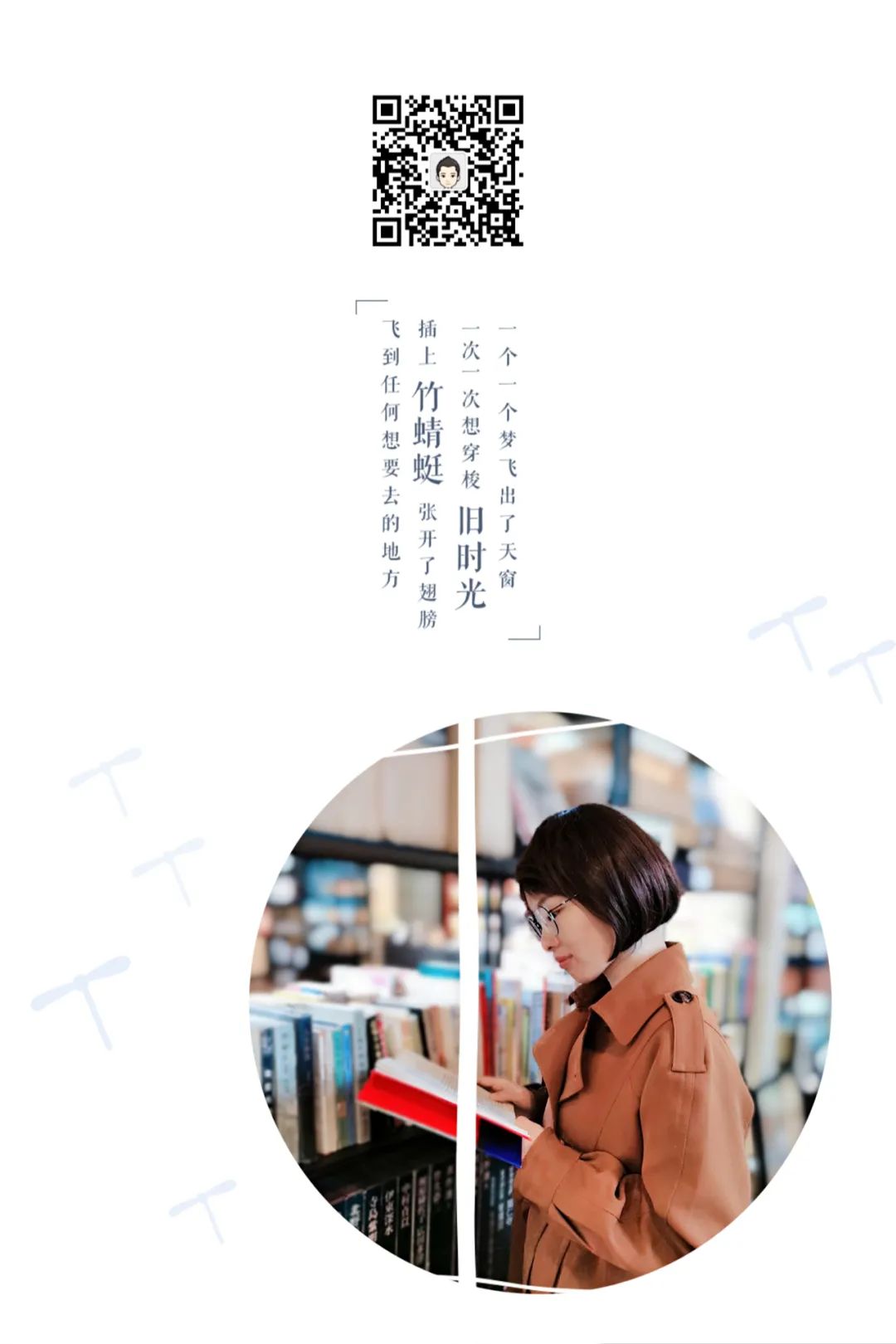Wen XiaoshuSays History Making history more beautiful, interesting, and closer to life

Chapter 57 of the Treatise on Meridians
Original text:
The Yellow Emperor asked: The colors of the collaterals are different, with blue, yellow, red, white, and black varying; what is the reason for this?
Qi Bo replied: The color of the meridians is constant, while the color of the collaterals is variable.
The Emperor said: What is the constant color of the meridians?
Qi Bo said: The heart is red, the lungs are white, the liver is green, the spleen is yellow, and the kidneys are black; these correspond to the colors of their respective meridians.
The Emperor said: Do the yin and yang collaterals also correspond to their meridian colors?
Qi Bo said: The color of the yin collaterals corresponds to their meridians, while the color of the yang collaterals is variable and changes with the seasons. When cold is prevalent, the qi and blood flow is sluggish, resulting in a blue-black color; when heat is prevalent, the qi and blood flow is smooth, resulting in a yellow-red color. These are all normal colors, indicating no disease. If all five colors are present, it indicates changes caused by excessive cold or heat, which is a sign of illness.
The Emperor said: Good.
Translation:
The Yellow Emperor asked: The collaterals are visible externally, and their five colors are different, with blue, yellow, red, white, and black; what is the reason for this?
Qi Bo replied: The color of the meridians is constant, while the color of the collaterals is not fixed and changes with the seasonal qi.
The Yellow Emperor said: What is the constant color of the meridians?
Qi Bo said: The heart governs red, the lungs govern white, the liver governs green, the spleen governs yellow, and the kidneys govern black; these correspond to the constant colors of their respective meridians.
The Yellow Emperor said: Do the yin and yang collaterals also correspond to the main colors of their meridians?
Qi Bo said: The color of the yin collaterals corresponds to their meridians, while the color of the yang collaterals is variable, changing with the seasons. When cold is prevalent, the qi and blood flow is sluggish, leading to a blue-black color; when heat is prevalent, the qi and blood flow is smooth, leading to a yellow-red color. These are all normal and indicate no disease. If all five colors are present, it indicates changes caused by excessive cold or heat, which is a sign of illness.
The Yellow Emperor said: Good.

This original text is from the recited version of the “Huangdi Neijing” published by the China Medical Science and Technology Press, shared in a recitation format. Recitation is different from reading aloud or singing; it is an ancient way of reading that can help train one’s breath.
Special Reminder: The beautiful day is coming to an end. Friends who like the article, don’t forget to click the two words at the bottom right of the article “Looking” and share it with your friends!.

